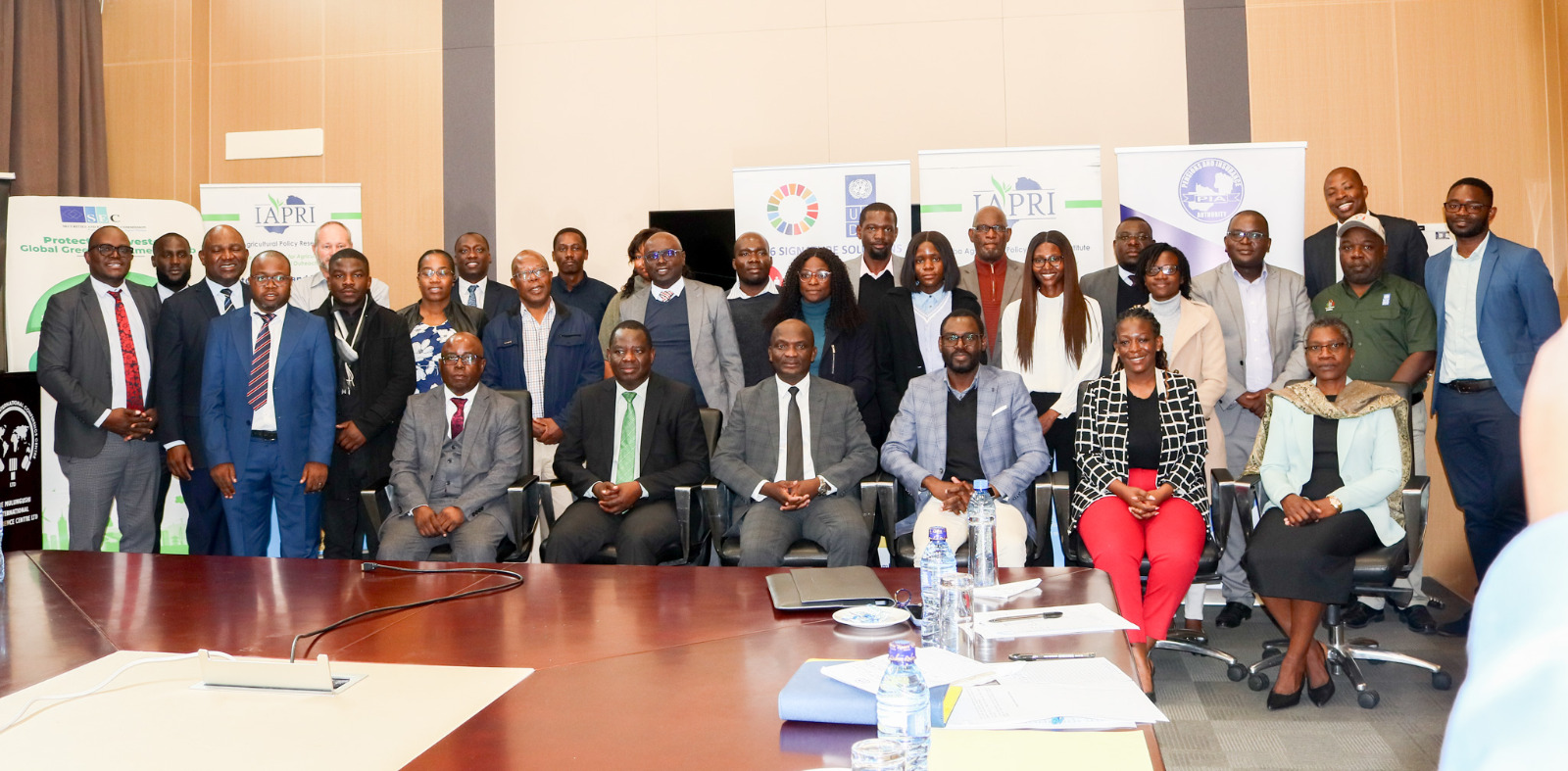
By Happy Mulolani
To effectively tackle climate change, Zambia needs US$17.20 billion by 2030 to implement adaptation and mitigation actions. These funds will contribute to achieving the objectives of the Paris Agreement.
According to the Resource Mobilisation Strategy for the National Adaptation Plan states that Zambia needs US$34.10 billion to execute adaptation actions to build resilience of communities and the overall impacts of climate change by 2035.
These statistics indicate the magnitude of climate change in the country. Therefore, requires immediate response through mitigation and adaptation strategies to ameliorate the effects of climate change. This calls for innovative approaches to source for funds.
This backdrop has positioned organisations such as the Indaba Agricultural for Policy Research Institute (IAPRI) and the Swedish International Cooperation (SWEDISH) to call for a symposium with key stakeholders in the climate space to raise awareness and tap into various avenues of climate finance.
Ministry of Green Economy and Environment Director Ephraim Shitima explains that it is apparent to look at sources of green and climate finance, a cause also being championed by the Finance Mainstreaming Working Group.
“Sources of green and climate finance, International domestic, private and public…we’ll need to pursue novel and innovative climate finance instruments such as green bonds, green loans, credit guarantee schemes, and debt swap nature,” Mr Shitima reiterated.
He points out that there are intricacies of green and climate finance, [therefore] recognition ought to be made to the potential it holds for catalysing sustainable development.
‘’By aligning financial resources with climate ambitions, we can unlock opportunities for green growth, job creation, and enhanced livelihoods. This synergy between climate action and economic progress is a testament to our commitment…as we forge ahead on this transformative journey,” Mr Shitima asserted.
Amid the devastating drought which has severely affected 84 districts across seven provinces, there is need to engage the international, public and private sectors. This approach will enable concerted efforts aimed at accessing funds from various sectors of the economy.
One of the typical examples of an organisation which accessed green bond and used it productively is the Copperbelt Energy Cooperation (CEC).
Copperbelt Energy Cooperation Lizzie Muwowo stated that the organisation was motivated to take the green bond route and obtained K53million.
Ms Muwowo revealed that CEC had developed a green project and match funds for a green project. “We also wanted to share our experience with the Zambian market, and took funding onto the Zambian market thereby giving Zambians the opportunity to participate,” she said.
Ms Muwowo points out that the key areas to address when applying for a Green Bond is to assess to liability and assets across farmers’ value chains.
She advised that one has to carefully choose advisors who can analytically look at one’s vision of the target market.
“Developing a business case by case and packaging a business properly will attract a return, and by implication means people are selling you money with a profit and woo investors out there,” Ms Muwowo said.
While, Bank of Zambia Senior Analyst Regulatory, Policy Research and Licensing Oswald Mungule advised that funds are there to access green financing through the Zambia Global Financing Fund through the Pensions and lnsurance Authority (PIA).
Dr Mungule vehemently stated the need for smallholder farmers to undergo capacity building to enable them to access funds in a bid to curb climatic shocks.
“Smallholders can only promote sustainable measures and also build resilience against climate change if they are well financed,” he said.
He cited a few concerns that need to be addressed which among others, include incentivising local players by actualising the process and building more capacity in market players for the product to have a higher uptake of green lending.
Dr Mungule noted that the Financial Service Providers (FSP) have not yet been issued with guidance notes and also share the concretised law, resulting in low uptake as few institutions have been accredited to Zambia Global Financing Fund.
However, BOZ has already engaged a consultant to develop and finalise the green loans guidelines. They are also efforts being made to revise guidelines for supervisors to adequately supervise the green bond markets. In this way, the green loan process will be expedited.
ZANACO Head-Agriculture Banking and Finance Cheyo Mwenechanya says the bank is an accredited institution, the cost of funding is quite low and grant facility and preparation for projects.
Mr Mwenechanya stated that currently 28 projects are being worked on; including energy, and agriculture, among others.
Mr Mwenechanya advises farmers to engage in commercially viable projects, which entails undertaking projects that make commercial sense.
Overall, it is time that farmers start thinking in the long-term to avoid unnecessary losses and risks across all agricultural value chains.
In all, green financing options are available and need to be accessed to contribute to the well-being of the agriculture sector.
